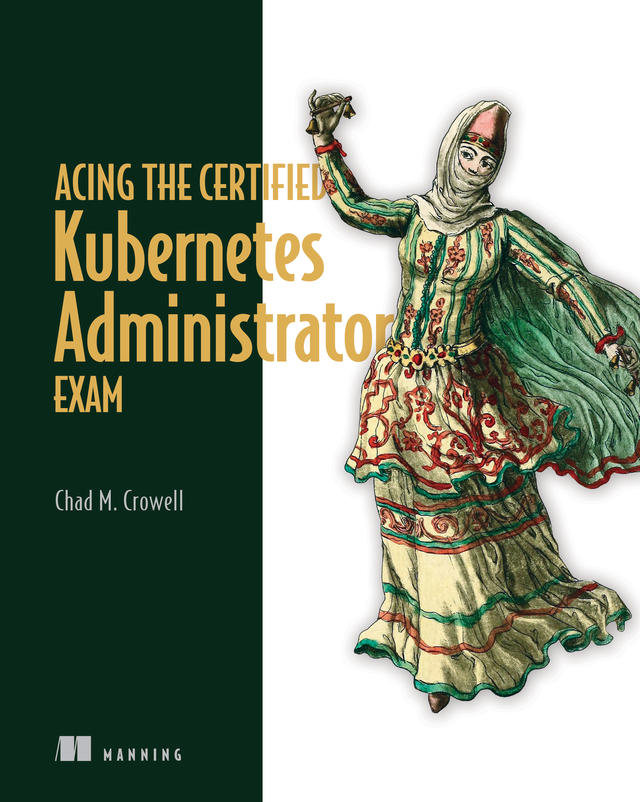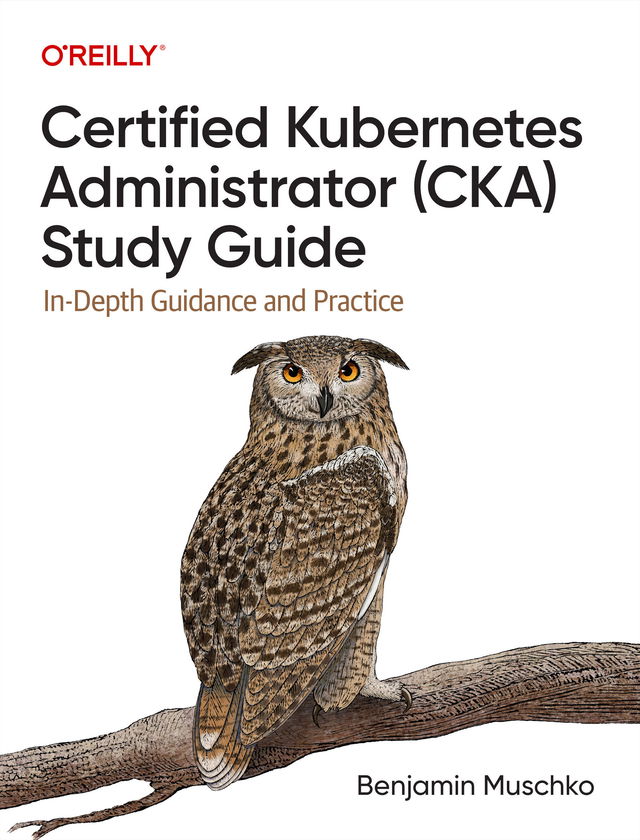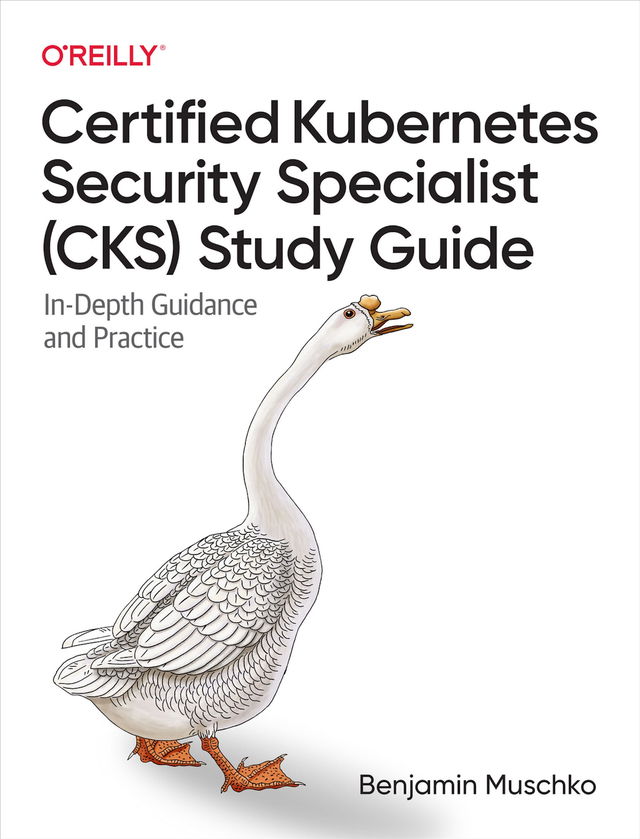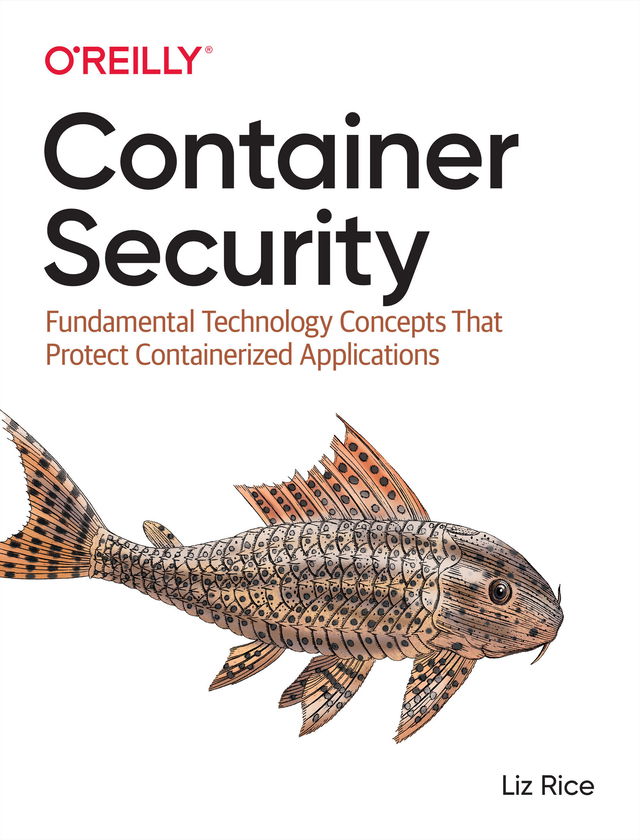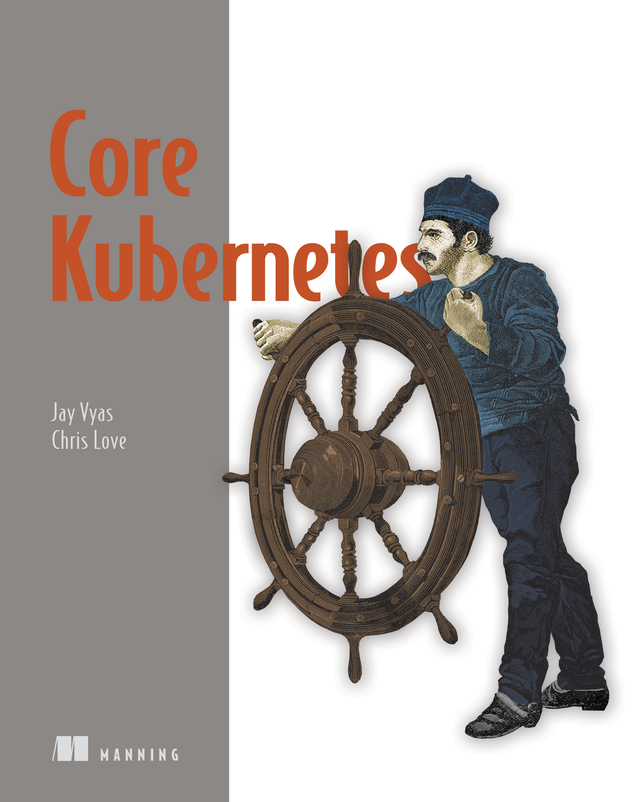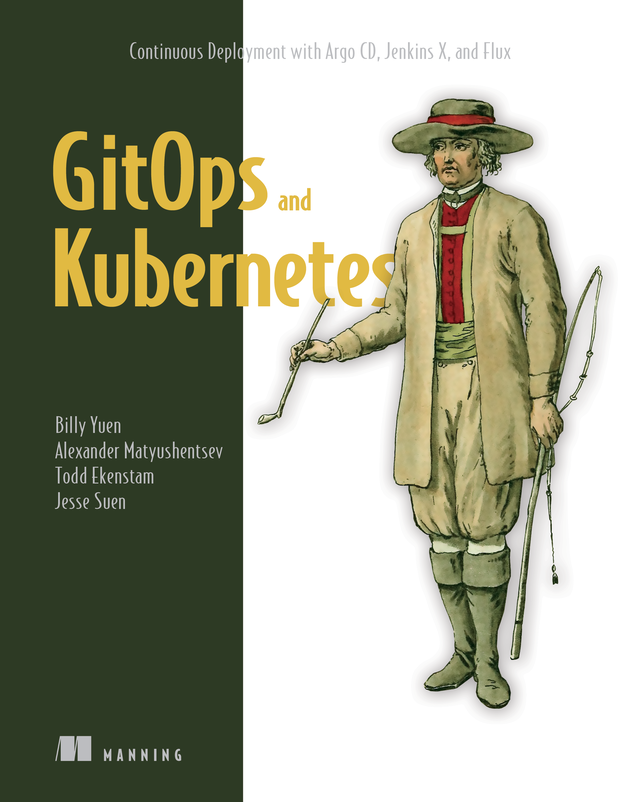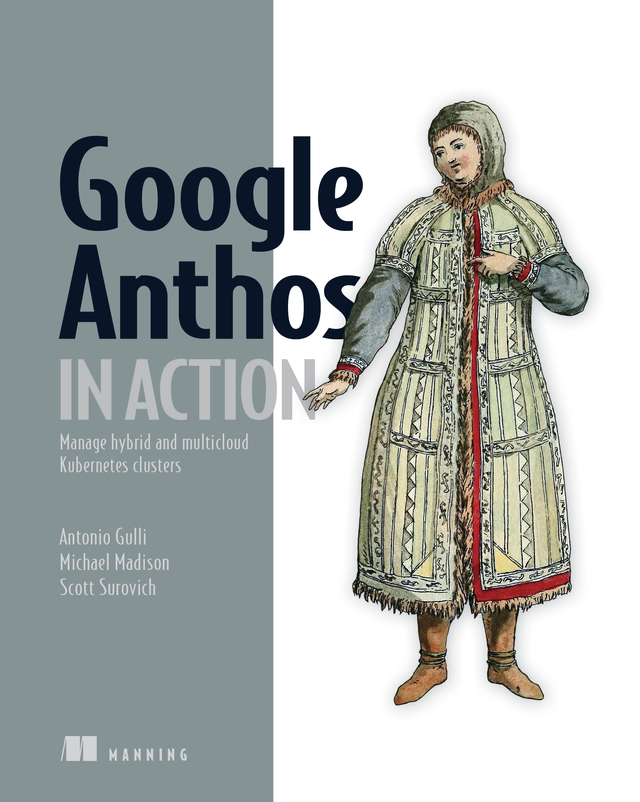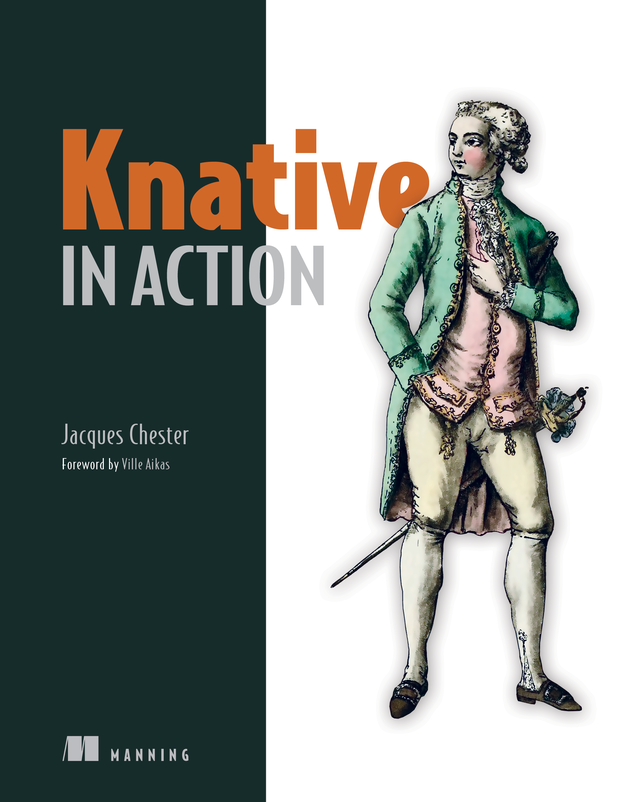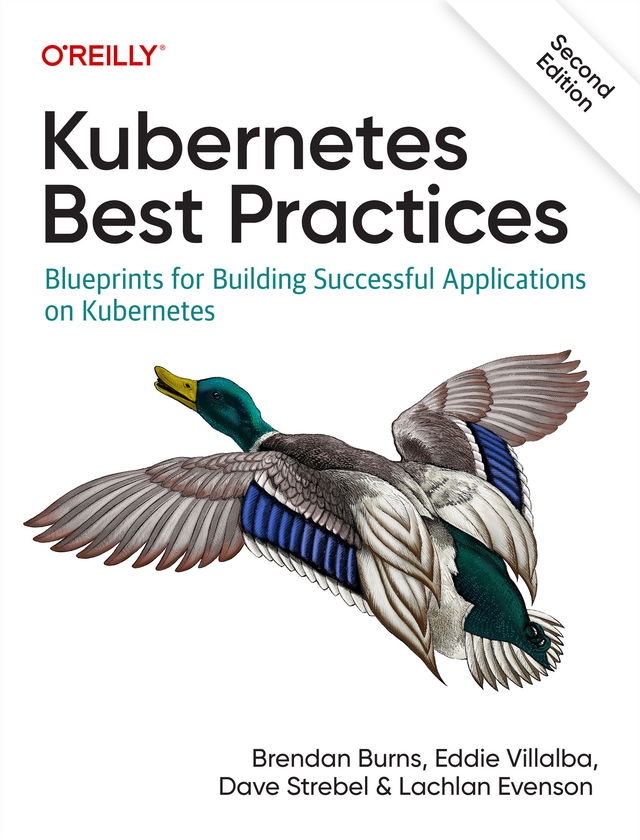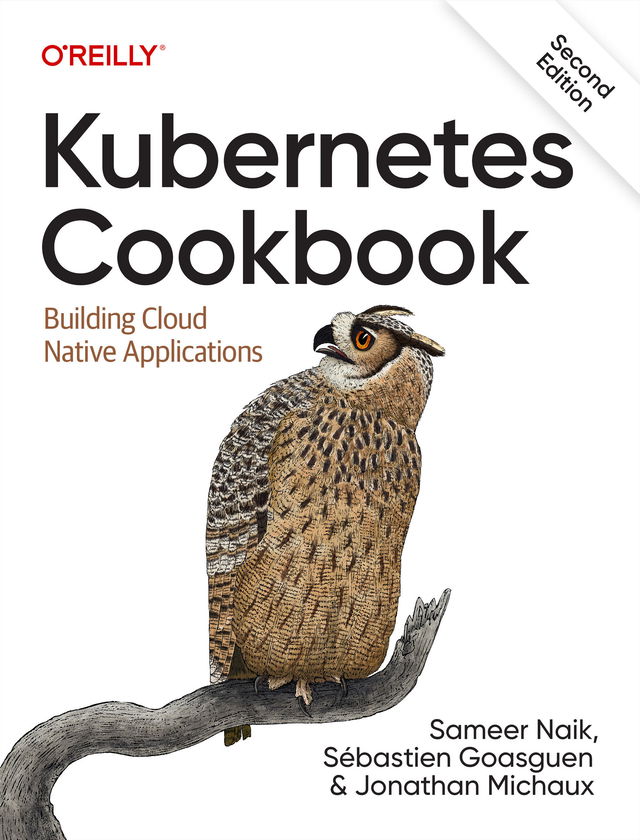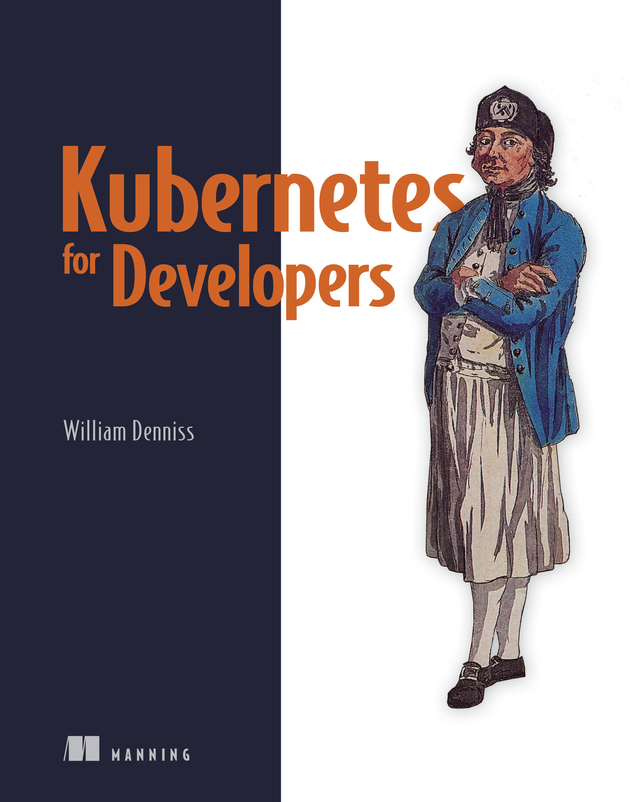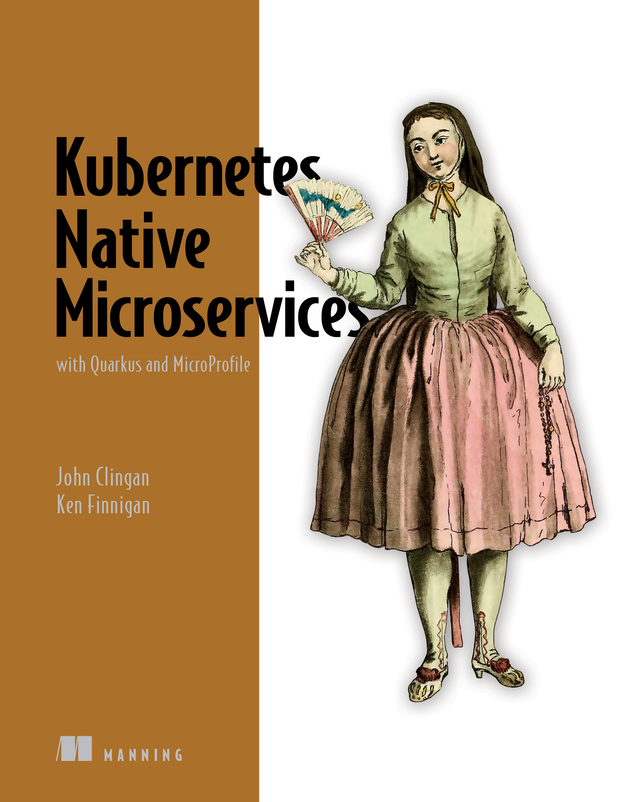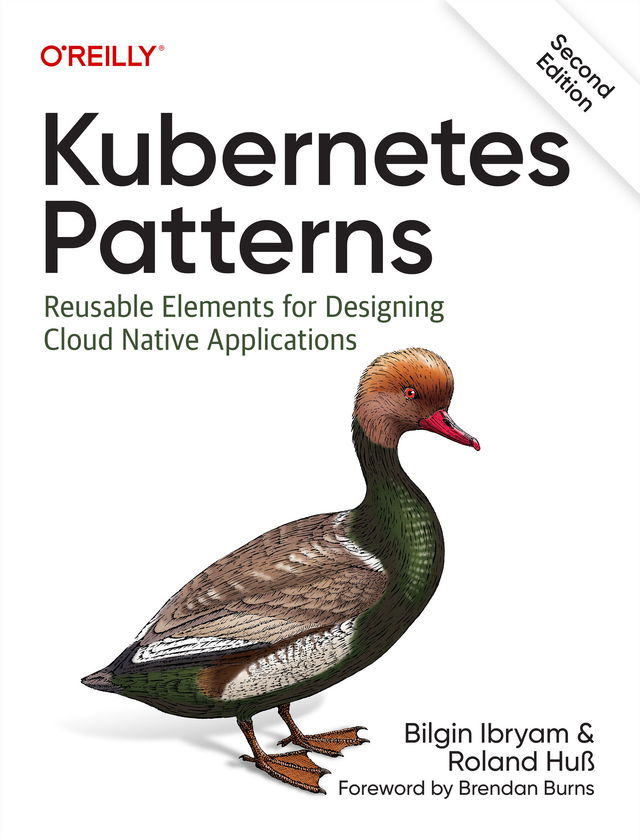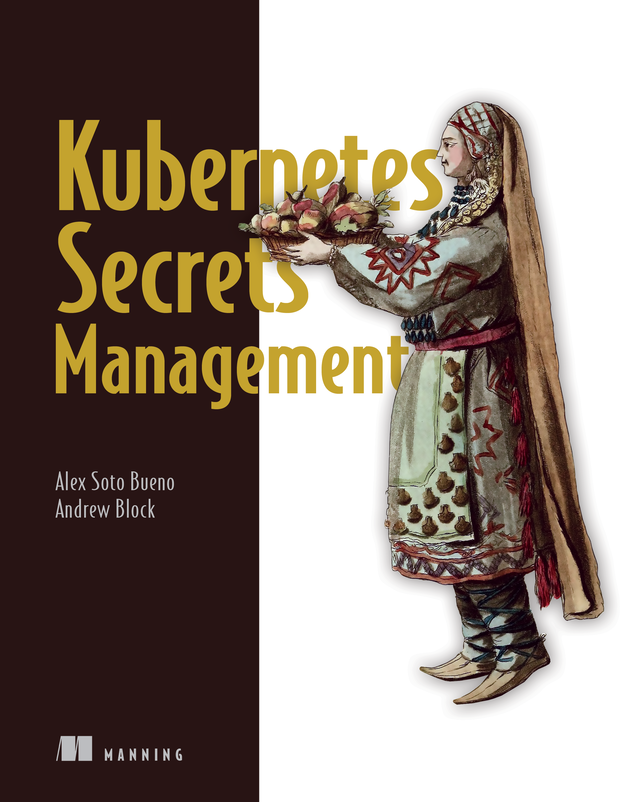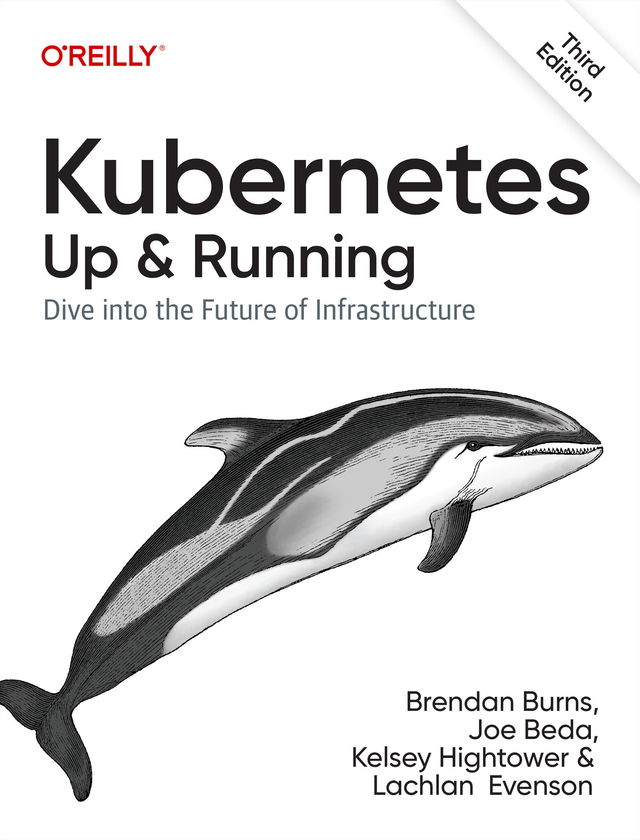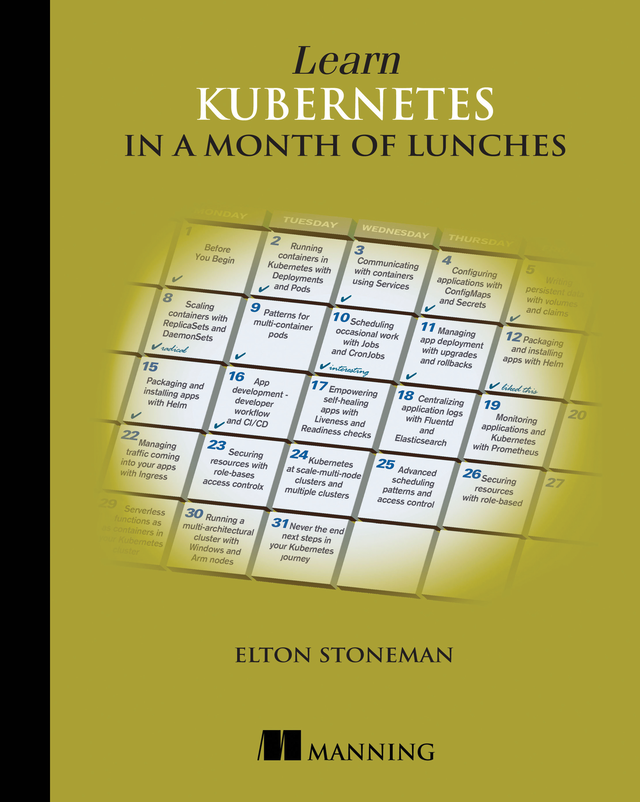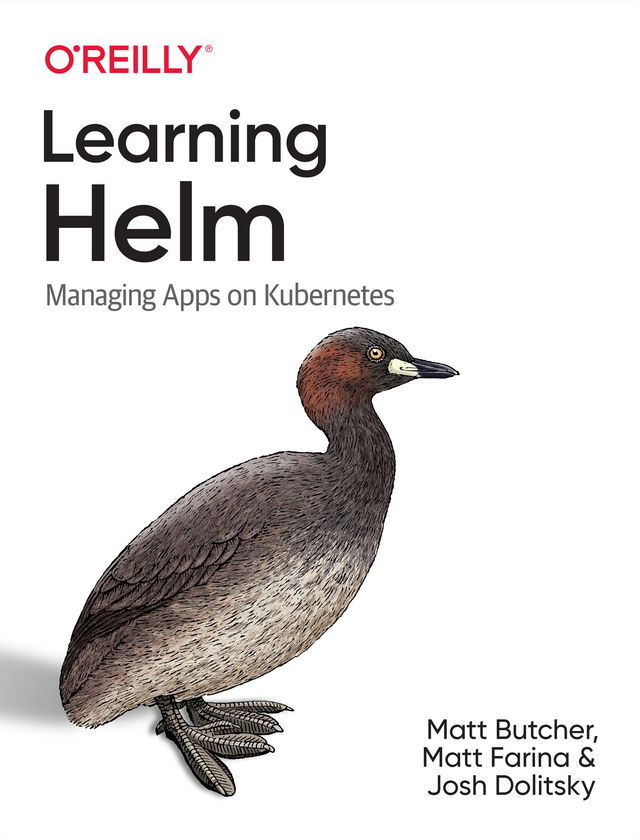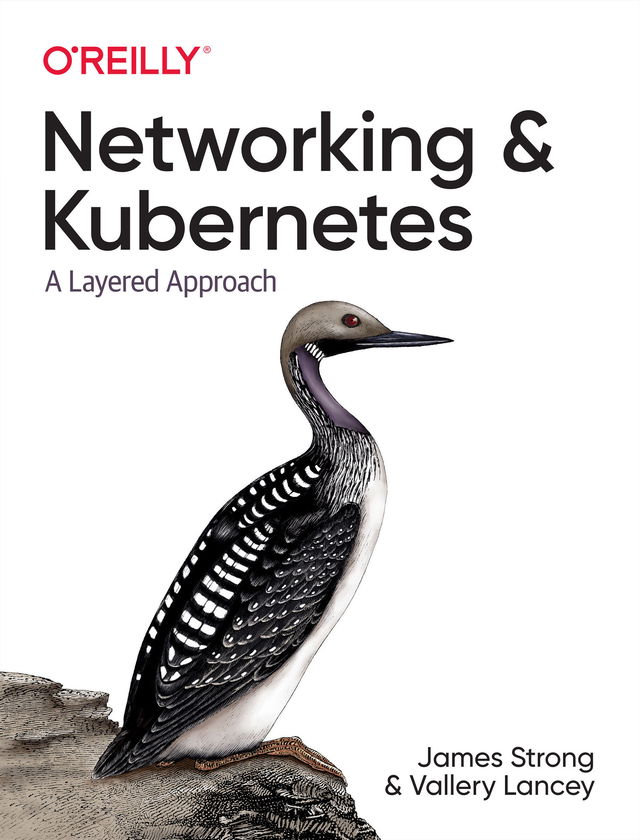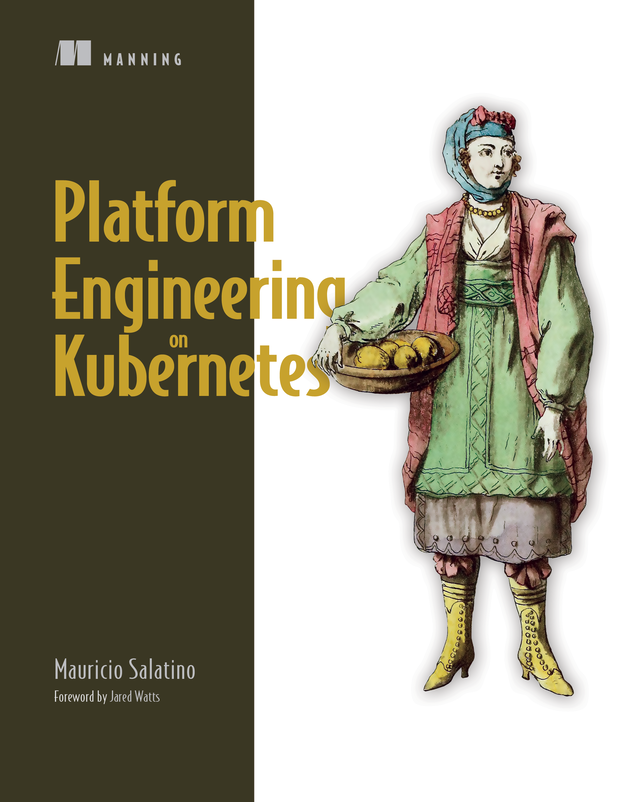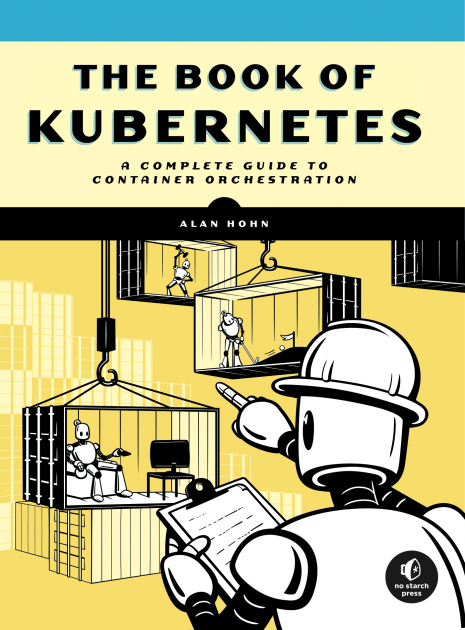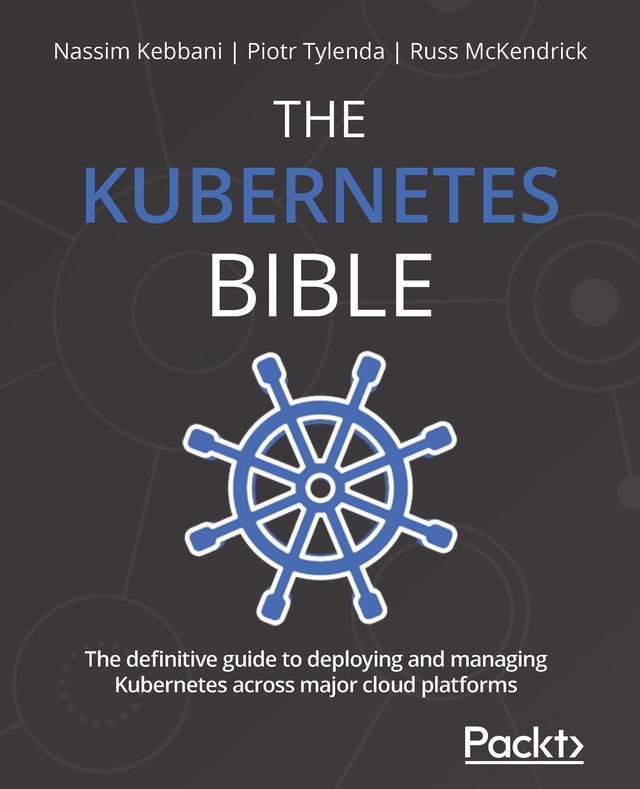Becoming a Kubernetes administrator is a big accomplishment—and passing the Certified Kubernetes Administrator (CKA) exam can be a big boost to your career! Learn the hands on skills you need to ace the exam with clear teaching and hands-on exercises that match the unique CKA test environment.
In Acing the Certified Kubernetes Administrator Exam you’ll learn how to:
- Administer an application running on Kubernetes
- Troubleshoot errors inside a Kubernetes cluster
- Authenticate users and machines to the Kubernetes API
- Create persistent storage in Kubernetes
- Add additional functionality to an existing Kubernetes cluster
Acing the Certified Kubernetes Administrator Exam is your fast-track to becoming a Certified Kubernetes Administrator! Your expert exam tutor is Chad Crowell, whose courses have helped thousands of developers to understand Kubernetes and earn the coveted CKA certification. If you’re familiar with Kubernetes, this book will ensure you’re ready to pass in just one month of study. If you’re brand new, this is the perfect primer to get started on your Kubernetes journey.
Go hands-on with all the exam objectives, including deploying containerized applications to Kubernetes, accessing an application from an ingress resource, and backup and restore. Plus, essential exam tips and exercises help you work out your mental muscle memory.
